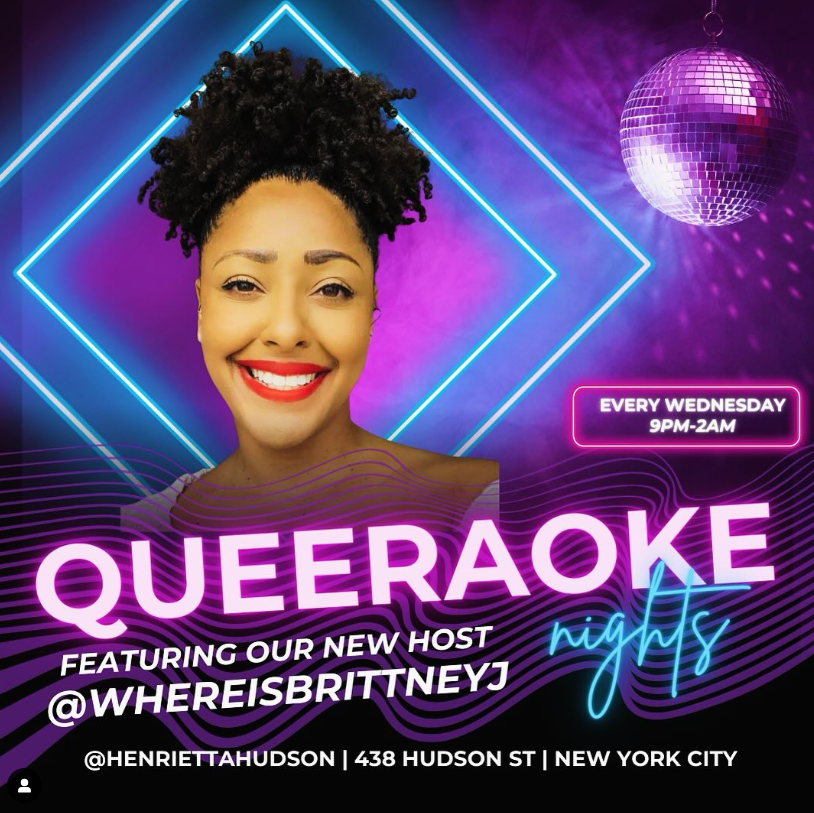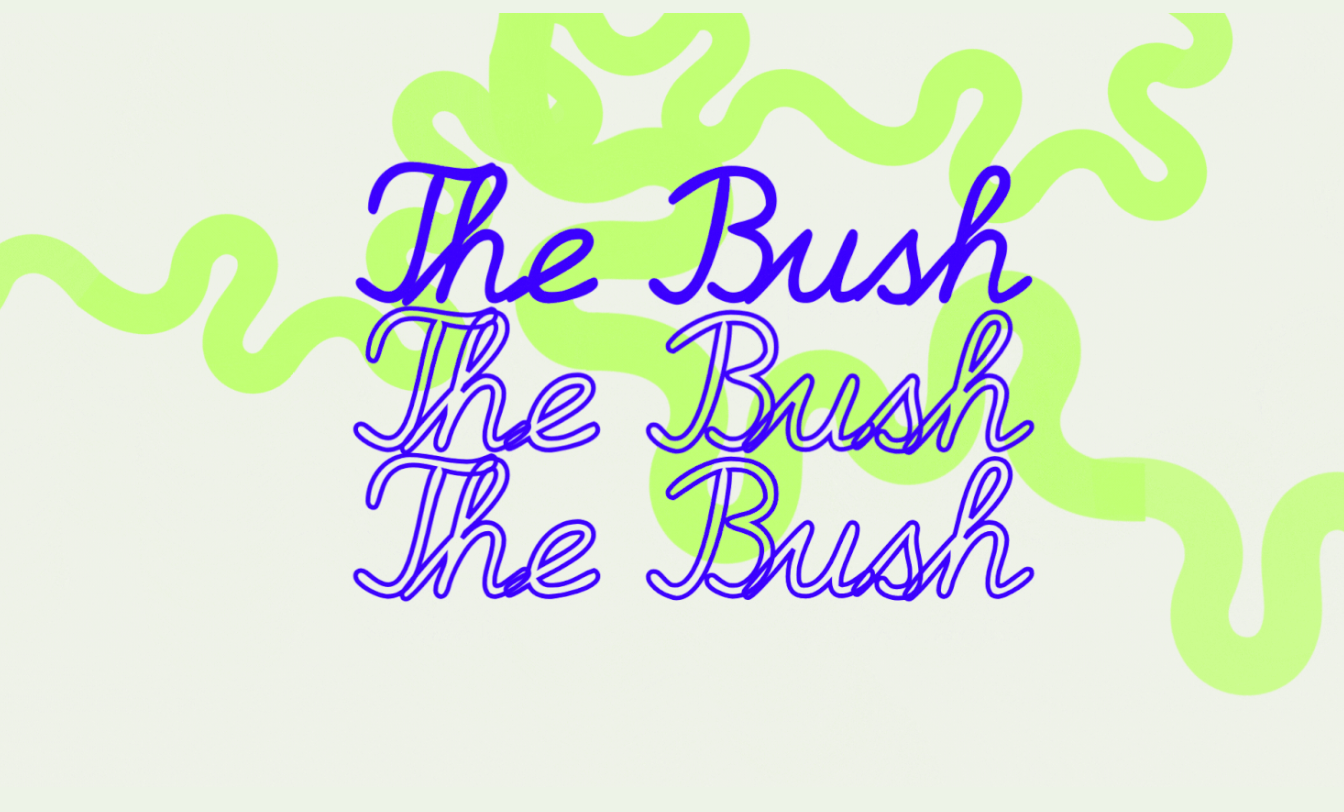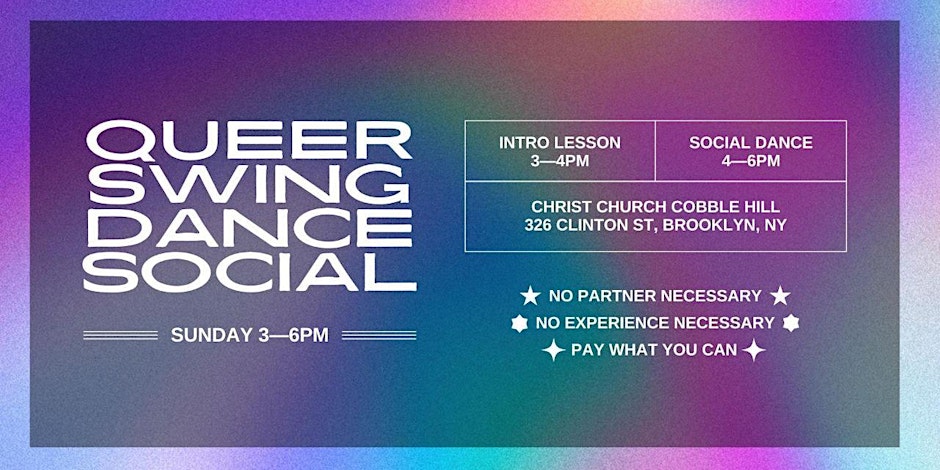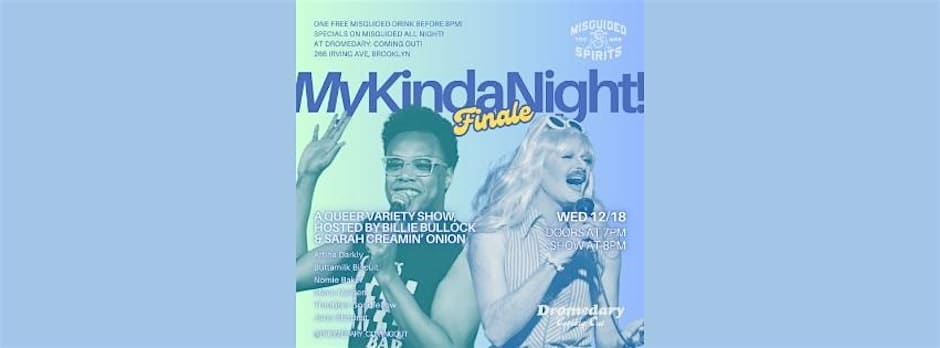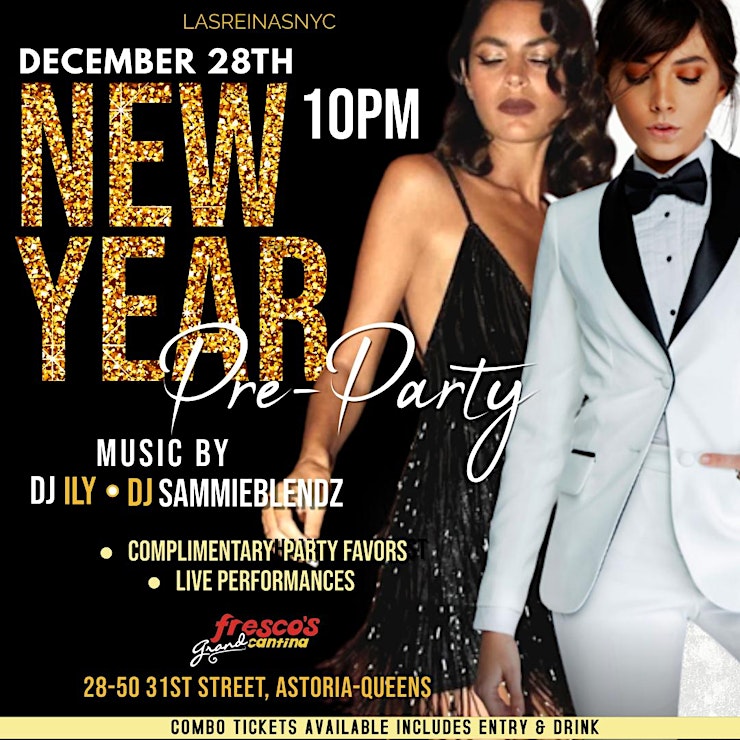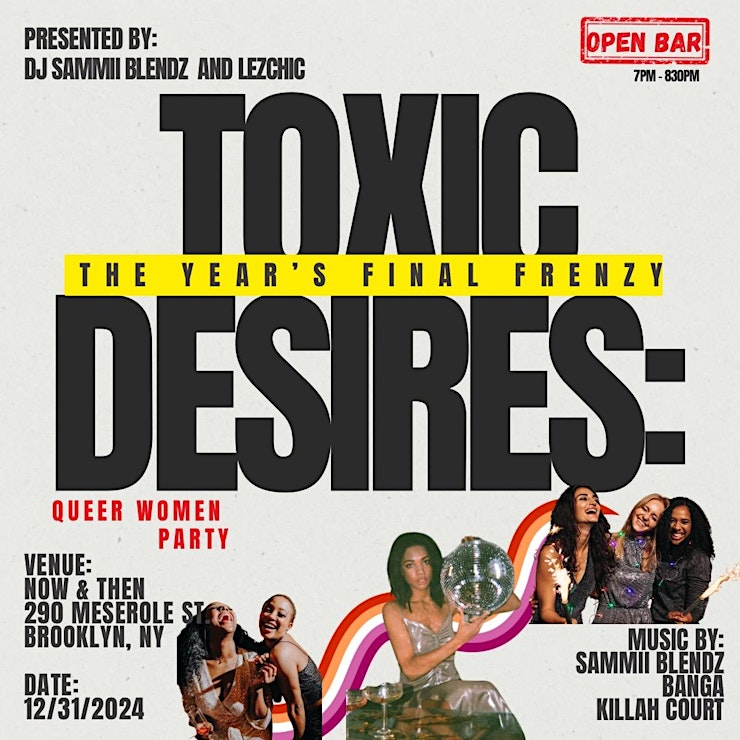I was always drawn to television from the very beginning of my life. As a child, I loved watching stories come to life in my living room. I would prop my belly on the floor, elbows over the blanket, feet swaying up to the sky while I buried myself in my favorite protagonist’s life.
Except, I could never fully disappear. There was always something holding me back. It was subtle — hardly perceptible at first. I had no words to describe what was missing from my favorite stories, but something was. I didn’t know it at the time, but I was searching for a mirror — someone that reflected me instead of someone to reflect. There was no telling how that lack of representation would create a void in me. The movies I loved the most taught me there wasn’t a place in this world for me, and if I wanted to survive, I’d have to remain invisible. The elephant in the room was, of course, my sexuality.
Coming from a very conservative Hindu family living on a very traditional Caribbean island, I grew up on a steady diet of Bollywood movies — romantic, three-hour, Shakespearian-like plays that included songs, dance, and music. There was always a hero and a heroine, and it was always the hero’s job to make the heroine fall in love with him — hence the songs, the dances, and the infinite wardrobe changes.
All my friends wanted to be the girl who got swept away by the guy in the movies, but I could never imagine myself in the heroine’s shoes. I had always wished to be the hero instead.
I wanted to be the guy.
I wanted to have the important job of saving the day and getting the girl.
I wanted to be the one to sweep her off her feet.
I wished to be as slick as Shah Rukh Khan in “Kuch Kuch Hota Hai” or as cool as Hrithik Roshan in “Dhoom 2.” I would give anything to dance under the rain and have Kajol take my face in the palm of her hands the way she did to Aamir Khan in “Fanaa.”
It felt innocent to me — just a little roleplaying. It never occurred to me that a girl could be the hero, so whenever I was asked who my favorite actor was (because I was always asked who my favorite actor was, never actress), I would say Shah Rukh Khan — not because I liked him or was attracted to him in any way, but because I was jealous of him.
His love interest on multiple occasions was none other than Rani Mukherjee. Have you seen this woman? She is beauty incarnate, a goddess of her own caliber. Those hazel eyes were my harbor. I was content with just the chance of seeing her on the big screen. I fell in love with her a million times over as the years passed. From “Kuch Kuch Hota Hai” to “Har Dil Jo Pyar Karega” to “Mujhse Dosti Karoge!” to “Chalte Chalte,” and oh my God, “Veer Zaara” — where Veer Pratap Singh, a Hindu pilot sacrificed everything for Zaara Hayaat Khan, a Muslim, and became my gold standard of what love was capable of withstanding. If you weren’t willing to spend your life in jail for me, you should just walk away.
I was corrupted by the optimism of Bollywood. It unknowingly became an escape for me — a place to hope, to dream. I didn’t have to think about love in the actual sense of the word or how it related to me. I could just imagine the unimaginable. I could fall in love with love itself. In Bollywood films, love felt like a melody that only lovers could hear. When would I hear it? I tried not to think about it. Love was a fantasy. The real world was far crueler than I cared for, so I continued to live in films. My new obsession was scouring the internet in search of lesbian content. I’d find obscure indie YouTube series, straight girls kissing other straight girls to see if they liked it thanks to Katy Perry, and an infinite amount of links to porn. However, when I turned 17, I discovered a show that would change the course of my life forever.
Enter: “The L Word.”
If you’ve been living under a rock for over a decade and have never heard about the show, “The L Word” is basically a crash course on being a lesbian and lesbian culture. Los Angeles felt like lesbian heaven to me, and all I wanted was to move there and find out if it was real.
“The L Word” was just the tip of the lesbian TV iceberg, I discovered. The more I searched for content, the more I found of it. My sexuality was validated by seeing women loving other women on and off the big screen, be it Arizona and Callie in “Grey’s Anatomy,” Stef and Lena in “The Fosters,” or of course, Ellen and Portia. When Callie is feeling down and crying in the bathroom stall at Joe’s after being ghosted by Hahn and Arizona walks in to tell her that there will be people lining up for her when she’s ready and leans in for the kiss, my heart melted and did a thousand pirouettes.
I was grateful to have this. I felt like one of the lucky ones. It was something I didn’t even know I needed. For the first time in a long time, I felt that being the way I was wasn’t a mistake or a sin. Yet, there was something missing; it didn’t feel complete. While all these new role models were showing up, a part of me still felt invisible, but I couldn’t quite put my finger on it.
It didn’t click for me until Lena Waithe stated that “Being born gay, Black, and female is not a revolutionary act. Being proud to be a gay, Black female is.” It didn’t click until Hayley Kiyoko mentioned how very few queer Asian pop stars existed and how she’s choosing to put her story out there in the hopes it will help future generations.
It’s one thing to identity as queer — to label yourself a lesbian, to know you’re a woman who loves other women. It’s a different thing entirely to be a Hindu lesbian.
I noticed the gaping void in the entertainment industry in regard to their portrayal of Hindu LGBTQ+ characters playing major (hell, even minor) roles in films or serials. It just wasn’t happening — not in Hollywood or Bollywood or “The L Word” or anywhere. We were virtually invisible, and when we were visible, our characters were two-dimensional at best. Why were we never given any background or history into Archie Punjabi’s character Kalinda Sharma’s life or past in “The Good Wife?”
As a child, I was taught to count my blessings, so there is one thing I’m grateful for. 12 years ago, the most amazing thing happened: the big screen gave us Lisa Ray and Sheetal Sheth. It was genuinely breathtaking. “I Can’t Think Straight” was a movie I’ve watched and re-watched because nothing better has come out to replace it since. I didn’t even mind the cheesy script or superficial plot because watching those two dancing in their underwear and making love was worth every minute. However, since this cosmic gift, there’s been radio silence. Every other representation that seemed to show up has just been depressing at best.
Leyla and Tala in “I Can’t Think Straight” helped me visualize a future for myself, one that involved a wife and kids and parents who accepted me. This led me on a search for more. I ventured out of the obscure world of YouTube and miniseries and started looking for representation on the big screen. I found out early on that good lesbian movies were hard to come by. I began to detest watching them. Most of the films that centered around a lesbian couple as the protagonists usually ended up in betrayal, prison, incest, or murder. How hard could it be, I thought to myself, to give us a happy ending? To give the lead a background story? To have her love interest be made up of complex and deep emotions?
This void of representation in the media made it difficult for me to envision my own happy ending. I’d seen thousands of coming out stories, but none had equipped me for experiencing my own. How was I to know that I would be disowned for sharing my truth? How was I to know that my relationship with my mother would forever be broken? No one prepared me for it. I wish I had known. I wish I had a character I could bury myself into — someone that looked like me and was going through the same things I was.
Even still, the most genuine representations I think I’ve seen of lesbian Desi love come from real people sharing their personal experiences, like an interracial wedding about 7 years ago that’s still making headlines because the pictures were gorgeous, and more recently, a millennial Hindu and a Muslim couple that share insights into their relationship on IG. I found out about these events through my friends. Dozens of people forwarded the story of the interracial wedding to me as a way of saying “Hey, look! A REAL lesbian Hindu wedding is happening. It’s possible. They’re doing it and if they did it so can you. Don’t lose hope.”
Yes, I stalk social media to find community, understanding, and belonging because I’m not sure where else to search. It’s so important to find your collective when you’re on the outside.
Most days, I feel like shouting at the top of my lungs: “WHERE ARE ALL THE GAY INDIANS?”
I mean, I get it. There is still so much stigma and shame attached to being gay in India that it takes sheer courage to put yourself out there. And while I think Shannon and Seema are beautiful and Anjali and Sundas are brave, I would just love to make popcorn and sit on my couch and watch Priyanka Chopra fall in love with Katherine Moennig. And maybe Samira Wiley could be her best friend who’s secretly in love with her? Or maybe Sara can fall in love with a girl in Goa, and we’d be having a female version of “Malang”. Can you imagine a sexy lesbian killer? Maybe Aishwarya Rai could have a lover in the remake of Jodhaa Akbar. It wouldn’t be the first time a queen has a concubine. I want to see love — real love between women. I’m dreaming of a Hindu version of “Disobedience,” “Elisa and Marcela,” or “Anatomy of a Love Seen.” A couple like Shane and Carmen that I could ship all the way to Mars, because that is what is possible on the big screen.
The entertainment industry has made Gal Gadot a goddess, Julia Roberts immortal, and Jennifer Lawrence a movement; it’s in their hands. They have the power to do the same for Hindu lesbians. Don’t dismiss us and put us in a corner, kill us off, add an extra character for the heck of it — a miniature sexual fluidity crisis in one of your main characters. We deserve more than that, so much more. We deserve more than tragedy when we’re actually able to take up the big screen. And we deserve diversity, inclusion. We don’t just deserve drama; we deserve romance and action.
Movies are magic. The big screen is a metaphor of our lives. Impossible is only what the mind has yet to conceive. I am a 32-year-old Hindu lesbian living life on my own terms; once, I was a nerdy and sexually confused 11-year-old Hindu child wishing for another Hindu girl to marry. This was a story that, at some point in time, was considered inconceivable. They say art imitates life. Could it be, then, that maybe life imitates art? The protagonists in the films I watched growing up inspired me to become my own hero — to be the role model I wished existed.
I know now that it’s not just me. It’s the hundreds of thousands of girls just like me who would love to see someone that looks like us, that feels like us, that thinks like us, that has to go through the same cultural backlash and family embarrassment as we do, and yet, somehow, manages to pull through, decides to be true to herself, and creates a life on her own terms undoing years of oppressive patterns and intergenerational trauma. Maybe this will give us hope and help us be more open, more vocal, more expressive. Maybe we will come out of our shells and our closets and let the world know we’re here. Maybe the next Desi LGBTQ+ character will actually be played by a lesbian or a trans woman or a sexy queer. Maybe India could birth its own Ellen Page (I see you, Lilly Singh).
The more we witness gay Desi characters on the big screen, the more we normalize the process. If Oreo can make pride commercials, don’t you think it’s time we see Desi queer characters get their happy ending? The more we share stories of triumph and success and joy and hope, the more we allow the community to believe in a future free of oppression, persecution, and bigotry. This is my faith in the big screen, because it has raised me and been there for me and taught me what my family and my education system failed to. It can do better for future generations, too.
I can just see it now; what a thing of wonder. I just hope I’m alive for it.
P.S. I’m not kidding. Priyanka Chopra kissing another girl? Now that’s hot.















